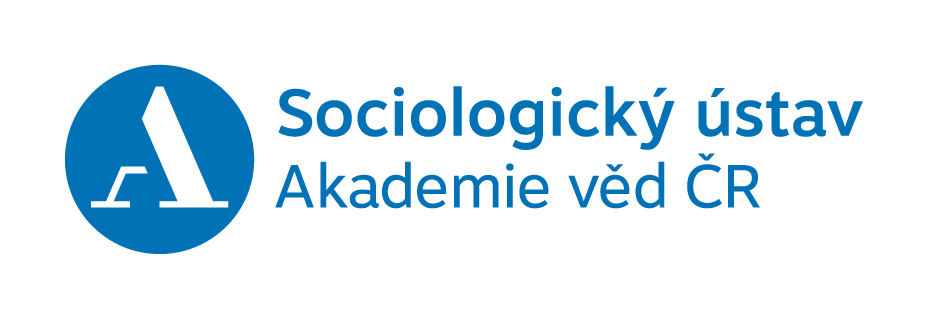Motivation context for party preferences and the election act criteria are a very multi-faceted variable difficult to grasp and cannot be isolated from the entire process, in which opinions are formed. Understanding or interpretation of natural laws behind actual election behaviour is, therefore, an immensely complex and multi-faceted issue. Political opinions of individuals, in principle, derive from identification with various specific and/or reference groups such as family, internally homogenous work, religious, ethnical groups and – last but not least – party and class collectivity.
The impact of social stratification and socially conditioned characteristics of voters to election behaviour is evident. Class-group interests, derived from perception of the standard of living, social security of the group, position within status hierarchy etc. forms natural social basis for political formations. It is exactly the anchoring of electorate clientele in the structure of social cleavages that the living, non-derived group political tradition is connected to. Based on analysis of social factors, it may be stated practically of all established parties that, in one or another level they take up authentic place in the system of social cleavages. In other words: they fall back on party loyalty of relatively distinctly identifiable segments of society whose real interests represent or – at least – politically instrumentalise the patterns of class loyalty for relevant social classes and groups.
Today, the image of social specification of election behaviour is linked to the knowledge that there exists an entire conglomerate of exceptions to the scheme. The most integrated interpretation of causes behind individual election choice offered by current social science is based on the work of researchers from the Michigan university – books and articles by A. Campbel, P. E. Convers and their colleagues from the 1960s. Russel Dalton summarised this concept into the form of causal funnel model (Dalton, 1988).
Although the underlying information on future voting of a voter is his/her social status, there is a number of mediating components between this status and the election behaviour itself and these components filter political supply and shape political outputs in historical, mythical, ideological, cultural, utopian etc. ways. And, what is more – the decision-making of a voter integrates many other factors. From formal respect, identical election decisions are a reflection of entirely heterogeneous and frequently contradictory volitional motivations.
Principally, each political choice represents a chain of motives, logical and random, early as well as deeply rooted ones. The act of election is a mixture of retrospect and prospective “alternative assessment”. It is a look back into the past but also a projection into the future. A number of identifications (factors) enter the play. These factors mutually reinforce one another, and, in addition to social rules, also party agitation and propaganda, impact of family background, format of the party and the election system, national, religious, regional as well as other motivations, situational factors, cultural conditions, influence of economic boom etc. belong here.



